Rick Newby

Rick Newby is the executive director of Drumlummon Institute, a nonprofit dedicated to fostering research, writing, and publishing on the culture of Montana and the broader American West, and editor of Drumlummon Views, an online journal devoted to Montana arts and culture, at www.drumlummon.org.
As an independent scholar and cultural journalist, Newby has written extensively about the culture of the American West and has edited several works of Western Americana, notably A Most Desperate Situation: Frontier Adventures of a Young Scout, 1859-1863, by Walter Cooper (illustrations by Charles M. Russell); Writing Montana: Literature Under the Big Sky; and On Flatwillow Creek: The Story of Montana’s N Bar Ranch by Linda Grosskopf. He is also editor of The New Montana Story: An Anthology and the Rocky Mountain Region volume in the Greenwood Encyclopedia of American Regional Cultures. He served as co-editor (with Lee Rostad) of Food of Gods and Starvelings: The Selected Poems of Grace Stone Coats and on the editorial boards of the anthologies, Poems Across the Big Sky and An Ornery Bunch: Tales and Anecdotes Collected by the W.P.A. Montana Writers Project.
Trained as a poet, Newby is the author of three collections of poems, most recently The Suburb of Long Suffering. An active art critic, he has written many exhibition catalogs, including Rudy Autio: The Infinite Figure; How Many Worlds?; The Ceramic Art of Stephen Braun; and Beckoned into Landscape: The Paintings of Dale Livezey. He co-author of A Ceramic Continuum: Fifty Years of the Archie Bray Influence and of The Most Difficult Journey: The Poindexter Collections of American Modernist Paintings.
Rick serves on the Montana Arts Council and is a member of the statewide advisory committee to the Montana Center for the Book.
Contributions
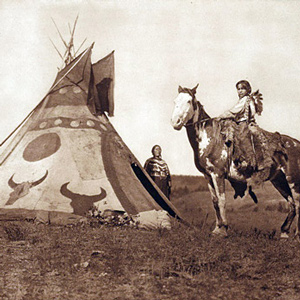

Beginning with the Fort Laramie Treaty of 1851, the U.S. government set the vast area north of the Missouri (approximately 20 million acres) aside as the “Blackfeet Hunting Ground” for the Blackfeet and other tribes—Cree, Assiniboine, Gros Ventre, and Sioux.
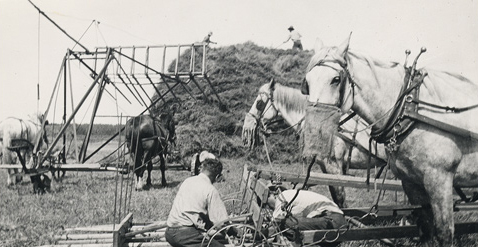

On the Upper Missouri, the changes since the years Lewis and Clark traveled here have been less obvious perhaps, but no less remarkable.
The Yellowstone Valley Frontier
by Rick Newby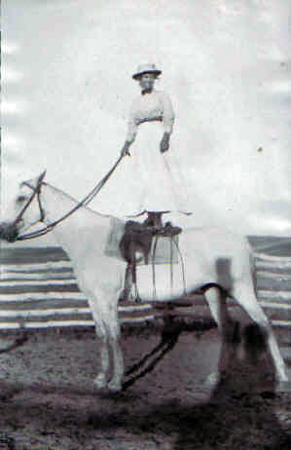

Much of the potential the captains saw in the Yellowstone country came to pass. For a few years, it yielded a seemingly endless supply of furs for eastern and European markets. Ultimately, the upper two-thirds of it proved a productive agricultural resource.
Living on the Highline
by Rick Newby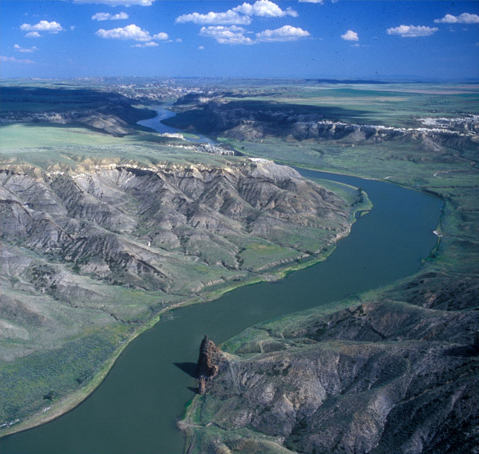

Montana’s Upper Missouri landscape has seen enormous changes in the past two centuries and, at the same time, retained its remoteness, rugged character, and wild beauty.
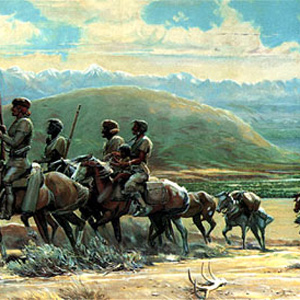

As he started over the mountains at today’s Bozeman they observed several Indian and buffalo roads heading northeast across the mountains. Clark reported, “the indian woman who has been of great Service to me as a pilot through this Country recommends a gap.”
Experience the Lewis and Clark Trail
The Lewis and Clark Trail Experience—our sister site at lewisandclark.travel—connects the world to people and places on the Lewis and Clark Trail.
Discover More
- The Lewis and Clark Expedition: Day by Day by Gary E. Moulton (University of Nebraska Press, 2018). The story in prose, 14 May 1804–23 September 1806.
- The Lewis and Clark Journals: An American Epic of Discovery (abridged) by Gary E. Moulton (University of Nebraska Press, 2003). Selected journal excerpts, 14 May 1804–23 September 1806.
- The Lewis and Clark Journals. by Gary E. Moulton (University of Nebraska Press, 1983–2001). The complete story in 13 volumes.

